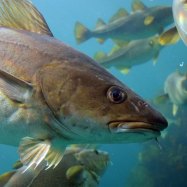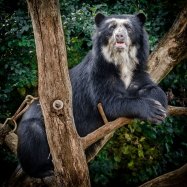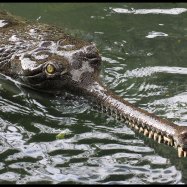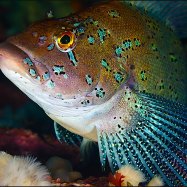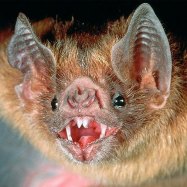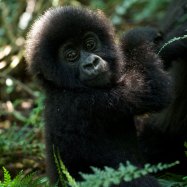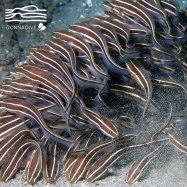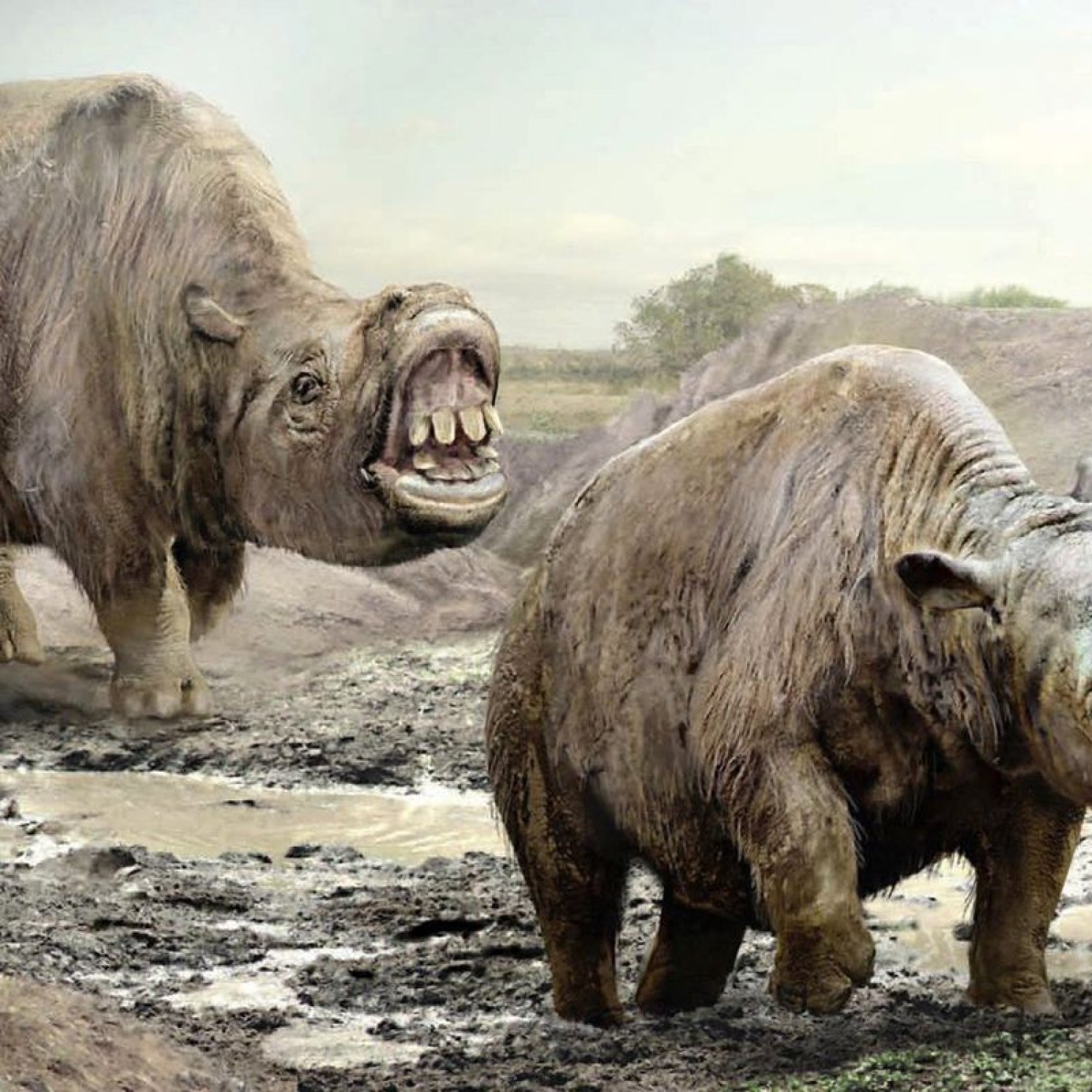
Toxodon
Around 2.5 meters (8.2 feet)
Toxodon, a formidable animal belonging to the Toxodontidae family, once roamed the lands of Argentina, Brazil, Uruguay, and Paraguay. With a length of around 2.5 meters, this large and heavily built mammal was a force to be reckoned with. Fossil remains of this mighty creature continue to intrigue and fascinate researchers to this day. Learn more about the fascinating world of animals with Animal Details.
Animal Details Summary:
Common Name: Toxodon
Kingdom: Animalia
Habitat: Grasslands and open woodlands
The Mighty Toxodon: A Fascinating Ancient Herbivore
Hidden deep in the vast grasslands and open woodlands of South America lies a creature unlike any other. Its name is Toxodon, and it roamed the lands long before humans walked the Earth. Despite being extinct for over 10,000 years, Toxodon remains a source of fascination for scientists and animal enthusiasts alike. In this article, we will take a deep dive into what makes this ancient herbivore so unique, from its physical characteristics to its place in history Toxodon.A Mysterious and Curious Name
The first thing that catches our attention when talking about this majestic animal is its name. Toxodon derives from the Greek words "toxon" meaning "bow," and "odon," meaning "tooth." This peculiar name is due to the unique-shaped teeth found in the fossilized remains of this creature. Five decades after its discovery, English naturalist Charles Darwin hypothesized that these teeth were adapted for gnawing on leaves and stems, similar to those of rodents.However, more recent research has revealed that Toxodon's teeth were adapted for grazing on tough and fibrous vegetation, like grass and shrubs – a diet consistent with other large herbivores such as rhinos and elephants. This discovery unraveled the nature of the Toxodon as not only a unique creature but also a vital species in its ecosystem.
A Member of the Notoungulata Order
Toxodon is a member of the order Notoungulata, which translates to "southern hoof." It is an order of extinct hoofed mammals that was once widespread in South America during the Paleocene and Miocene epochs. Notoungulates are believed to be one of the first large groups of herbivores to evolve in South America when it was an isolated continent Tussock Moth.Notoungulates were diverse in size and shape, ranging from small rabbit-sized animals to large, horse-like mammals like Toxodon. Some of the most remarkable features of notoungulates were their horns, which varied in size and shape, adding to the uniqueness of this group of animals.
Massive Size and Heavily Built Body
Toxodon's most distinctive characteristic is its sheer size. Reaching a length of around 2.5 meters (8.2 feet), it was one of the largest mammals that ever lived in South America during its time. Not only was it lengthy, but it was also heavily built, with a weight estimated at over 2,000 kilograms (4,400 pounds).One of the most striking features of Toxodon's body was its massive head, which made up a significant portion of its overall body size. Its skull was thick and robust, with small, beady eyes, and a distinctive short and flat snout. These adaptations likely served the Toxodon well in its role as a dominant herbivore, protecting it from potential predators in its environment.
Habitat and Distribution
So, where exactly did the magnificent Toxodon call home? As mentioned previously, this ancient herbivore preferred to live in grasslands and open woodlands, a habitat that was abundant in most parts of South America during the Pleistocene epoch. Its distribution ranged across modern-day Argentina, Brazil, Uruguay, and Paraguay. However, recent discoveries have also uncovered the presence of Toxodon fossils in Venezuela, Peru, and Bolivia, adding to its already impressive range.A Big Herbivore with a Mild Diet
Despite its intimidating size and appearance, Toxodon's feeding habits were surprisingly mild. As a large herbivore, it fed mainly on plants, using its robust and flat teeth to grind tough vegetation. Its diet likely consisted of grass, shrubs, and other tough and fibrous plants, which were abundant in its preferred habitats.Toxodon's role as an herbivore is significant in understanding the delicate balance of ecosystems during that time. By grazing on vegetation, Toxodon helped maintain the intricate food web of the Pleistocene, ultimately ensuring the survival of other plants and animals.
The Story Behind the Extinction
Sadly, despite its robustness and vital role in its ecosystem, the Toxodon, along with many other unique South American mammals, went extinct around 10,000 years ago. The cause of this extinction remains a mystery, with experts proposing various theories ranging from the arrival of humans to climate change.One widely accepted hypothesis is the spread of disease by humans. As humans migrated from other continents, they brought with them diseases that they had developed immunity to but were fatal to the new animals they encountered. This disruption in the ecosystem may have played a significant role in the extinction of the Toxodon and other South American mammals.
A Legacy That Lives On
Despite its extinction, the Toxodon has left a legacy that still fascinates us today. Its fossils have provided valuable insights into the evolution of South American mammals, shedding light on their relationship with other mammals across the world. Furthermore, its robust skull and dental structure have given scientists a glimpse into the animal's past behavior and diet.Moreover, the Toxodon has caught the imagination of people worldwide, with its likeness appearing in numerous forms of art and media. From illustrations to life-size models, the Toxodon has become a cultural icon, representing the might and diversity of ancient South American fauna.
Conclusion
In conclusion, Toxodon is an incredible and unique animal that roamed the Earth many years ago. Its massive size, heavily built body, and peculiar teeth make it an intriguing and fascinating creature to study. Despite its extinction, Toxodon's legacy lives on, serving as a reminder of the diverse and dynamic nature of our planet's past. The mighty Toxodon is a testament to the incredible richness and wonder of our natural world.

Toxodon
Animal Details Toxodon - Scientific Name: Toxodon
- Category: Animals T
- Scientific Name: Toxodon
- Common Name: Toxodon
- Kingdom: Animalia
- Phylum: Chordata
- Class: Mammalia
- Order: Notoungulata
- Family: Toxodontidae
- Habitat: Grasslands and open woodlands
- Feeding Method: Herbivorous
- Geographical Distribution: South America
- Country of Origin: Argentina
- Location: Fossil remains have been found in Argentina, Brazil, Uruguay, and Paraguay.
- Animal Coloration: Most likely brown or gray
- Body Shape: Large and heavily built
- Length: Around 2.5 meters (8.2 feet)
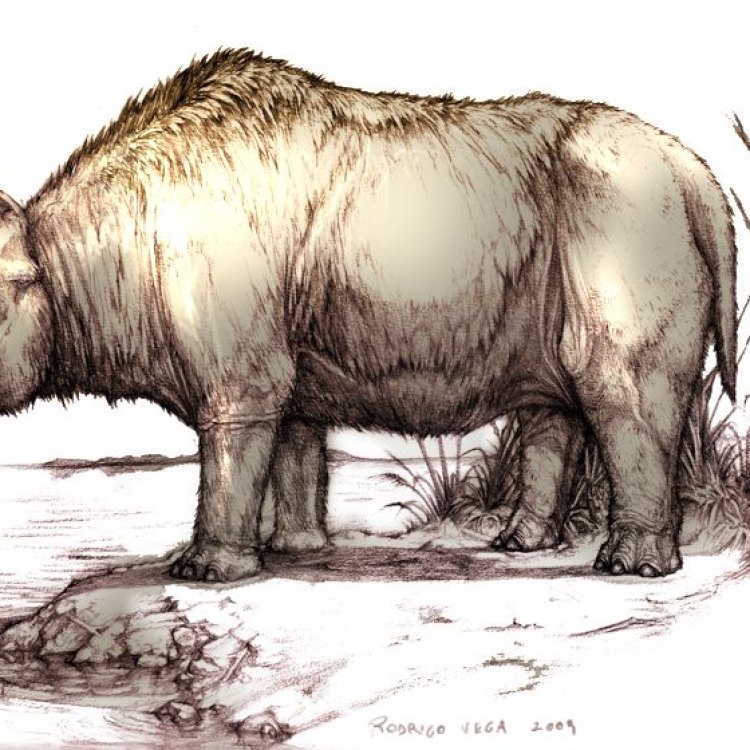
Toxodon
- Adult Size: Unknown
- Average Lifespan: Unknown
- Reproduction: Unknown
- Reproductive Behavior: Unknown
- Sound or Call: Unknown
- Migration Pattern: Non-migratory
- Social Groups: Unknown
- Behavior: Unknown
- Threats: Extinct
- Conservation Status: Extinct
- Impact on Ecosystem: Unknown
- Human Use: None
- Distinctive Features: Bulky body and unusual dentition
- Interesting Facts: Toxodon is an extinct genus of large mammals that lived during the Pleistocene epoch in South America. It was heavily built and had a bulky body. One of its distinctive features was its unusual dentition, with incisors that grew throughout its life. Toxodon had a wide habitat range, including grasslands and open woodlands. Fossil remains of Toxodon have been found in Argentina, Brazil, Uruguay, and Paraguay. It is believed to have been herbivorous and its exact size and average lifespan remain unknown. Toxodon is considered extinct and has no known threats or conservation status.
- Predator: Unknown
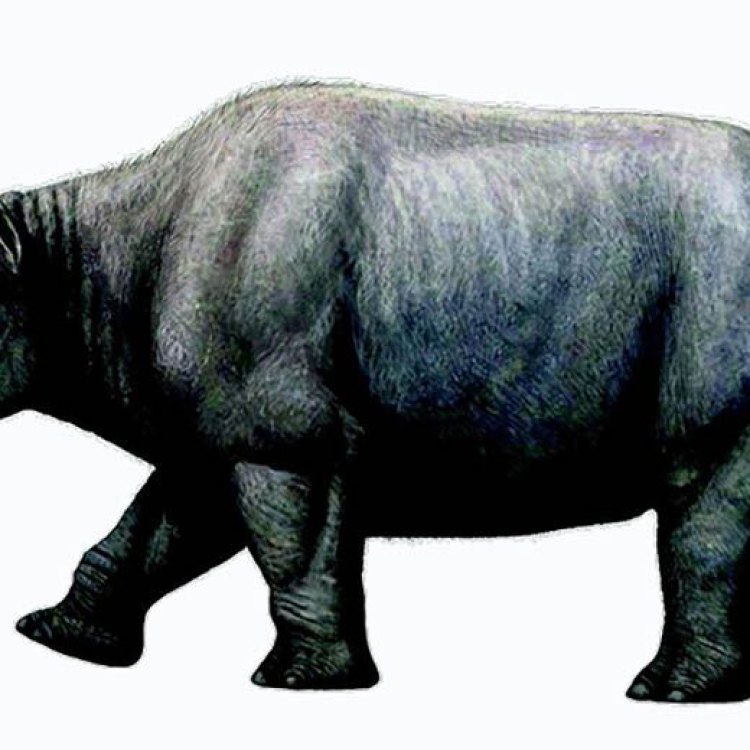
Toxodon
The Strange and Fascinating Toxodon: A Giant Herbivore of the Past
Imagine roaming the grasslands of South America during the Pleistocene epoch, encountering a massive and formidable creature known as Toxodon. With its bulky body and unusual dentition, this extinct mammal was truly a sight to behold. It is a mysterious and intriguing creature that has captured the imagination of researchers and the public alike.Toxodon is an extinct genus of large mammals that lived during the Pleistocene epoch, which lasted from 2 PeaceOfAnimals.Com.6 million to 11,700 years ago. These creatures roamed the land during the Ice Age and were part of a diverse ecosystem that included other large mammals such as mammoths, glyptodonts, giant sloths, and saber-toothed cats. But unlike these well-known animals, Toxodon remains shrouded in mystery.
Adult Size and Average Lifespan
Unfortunately, much of the exact information about Toxodon is unknown. The creature's exact size and average lifespan are still a matter of speculation and debate. This is partly due to the scarcity of fossil remains and the fact that it is an extinct species.
Reproduction and Reproductive Behavior
Limited knowledge about Toxodon also extends to its reproductive behavior. It is not known how the species reproduced or their reproductive habits. Scientists believe that Toxodon may have reproduced similarly to other large mammals of its time, but this is only speculation Tufted Coquette.
Sound or Call and Migration Pattern
As with many extinct species, information about Toxodon's vocalizations, calls, and migration patterns is elusive. There are no records of any sound or call attributed to Toxodon, and it is believed that they were non-migratory creatures.
Social Groups and Behavior
Much like its reproductive behavior, the social groups and behavior of Toxodon also remain a mystery. It is not known if these creatures lived in herds or were solitary creatures. It is speculated that they may have had similar behavior to other large herbivores, but this is purely conjecture.
Threats and Conservation Status
One thing that is certain about Toxodon is that it is an extinct species with no known living relatives. Toxodon's cause of extinction is unknown, but it is believed to have occurred during the Pleistocene extinction event that wiped out many large mammals across the globe. This event is thought to have been caused by a combination of climate change, the arrival of humans, and other factors. Due to its extinction, Toxodon has no known threats or conservation status.
Impact on Ecosystem
The impact that Toxodon had on its ecosystem is another aspect that has been largely debated. As large herbivores, they would have played a vital role in maintaining the balance within their environment. They would have helped to shape the landscape through their grazing and could have had a significant impact on the distribution of plants and other species.
Human Use
Unlike many other extinct species, Toxodon has no known human use. Unlike mammoths, which were hunted for their meat and fur, or glyptodonts, whose shells were used in some cultures as shelter, Toxodon does not seem to have been utilized by humans in any way.
Distinctive Features
One of the most intriguing aspects of Toxodon is its distinctive features. It was a heavily built creature with a bulky body, estimated to have weighed between one to two and a half tons. Its skeleton suggests that it was designed to support its weight and move on land, rather than being aquatic or semi-aquatic. This suggests that it was a formidable and impressive creature.
One of the most notable and unusual features of Toxodon was its dentition. It had distinctive flat-topped molars and incisors that grew throughout its life. Unlike other mammals, which lose and replace their teeth throughout their lifespan, Toxodon's teeth continued to grow, much like a rodent's. This suggests that they had a diet that required constant chewing and grinding, possibly due to the low quality and high fiber content of the vegetation in their habitat.
Habitat and Distribution
Fossil remains of Toxodon have been discovered throughout South America, including Argentina, Brazil, Uruguay, and Paraguay. This suggests that they had a wide habitat range, including grasslands and open woodlands. They may have roamed in small herds, grazing on a variety of plants and possibly competing with other large herbivores for resources.
Interesting Facts
Toxodon's bulky and unusual body is not the only intriguing aspect of this species. There are other fascinating facts about Toxodon that have captured the interest of researchers and the public.
One interesting fact is that Toxodon's teeth were initially mistaken for giant human molars when they were first discovered. This led to some speculation and conspiracy theories that these creatures may have been humans with giant teeth, adding an element of mystery and interest to the discovery.
Another intriguing fact is that Toxodon's fossilized remains have been found with evidence of scavenging, suggesting that they may have been preyed upon by other large animals. However, their primary predator remains unknown.
In addition, some researchers believe that Toxodon may have been semi-aquatic, based on the similarities between their dentition and that of hippos. This speculation has resulted in some artistic renditions of Toxodon, including drawings and models of semi-aquatic versions of the species.
The Mystery Continues
Despite our ongoing efforts to study and discover more about Toxodon, this extinct giant herbivore remains a fascinating and mysterious creature. With limited information available, researchers continue to piece together its story and speculate about its behavior, appearance, and impact on its environment.
So the next time you explore the vast grasslands of South America, take a moment to imagine the long-lost world where Toxodon roamed, and marvel at the wonders of this extinct species. Its bulky body and unusual dentition may remain a mystery, but this only adds to the allure and fascination that surrounds the strange and intriguing Toxodon.
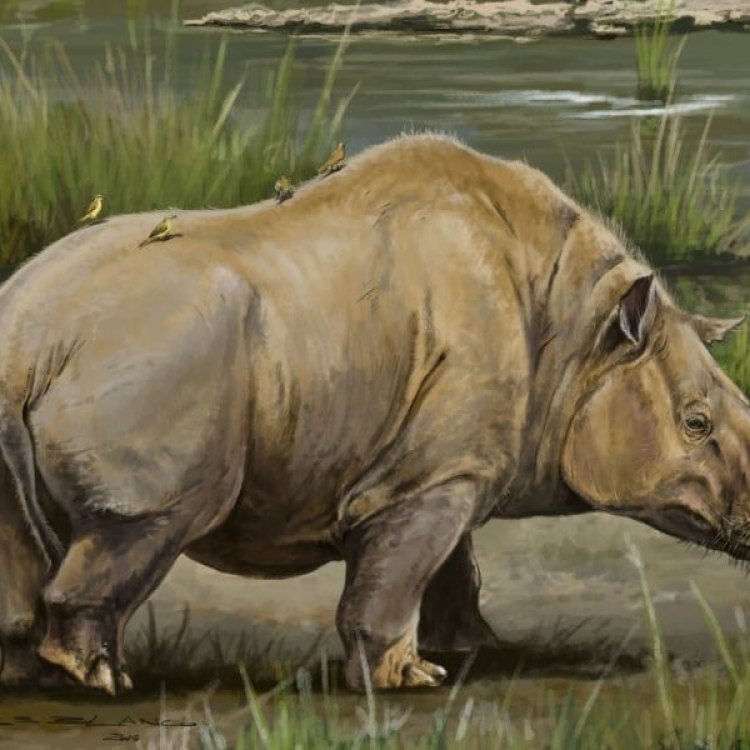
The Mighty Toxodon: A Fascinating Ancient Herbivore
Disclaimer: The content provided is for informational purposes only. We cannot guarantee the accuracy of the information on this page 100%. All information provided here may change without prior notice.

